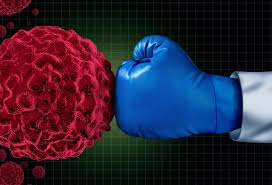The present study focused on the measurement of the solubilities and the calculation of the chemical potentials of transfer of Co(III)-hydrazone complexes in mixtures of water and ethyl alcohol (EtOH), isopropyl alcohol (i-PrOH), or tert-butyl alcohol (t-BuOH) at 298 K, using the assumption that dm mq Ph4As+ = dm mq BPh4- (TATB). A comparison between the chemical potentials of transfer of Co(III)-hydrazone complex ions with each other and with single ions is described. The change in solubility and chemical potentials of the transfer of the Co(III)- hydrazone complex ions are explained with respect to the nature of the ligand and organic solvents. The titled hydrazone ligands and their Co(III) chelates are tested for their biological antimicrobial activity against different types of bacteria (Gram-negative bacteria: Serratia Marcescence and Escherichia coli; Gram-positive bacteria: Microccus Luteus) and fungi (Aspergillus flavus, Fusarium oxysporum and Getrichm candidum). Both hydrazone ligands and their Co(III) complexes exhibit antibacterial and antifungal activities, but the Co(III)-hydrazone complexes act as more potent bactericidal agents than the hydrazone ligands and metal salt. The anticancer properties of these compounds are also tested against colon carcinoma cells and breast carcinoma cells. The Co(III)-hydrazone complexes display more significant cytotoxic activities against these cells than those of the hydrazone ligands.


